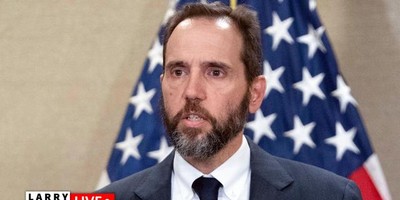The old adage is “Don’t fight the Fed.”
Therefore, let’s examine the Federal Reserve’s most recent statement (6/20/12) in order to discover why they are telling us that commodity prices have much lower to go.
Specifically, that oil will revisit the lows of $35 per barrel last seen in late 2008. First, “growth in employment has slowed in recent months.”
We all know that real unemployment has not been decreasing, but when all are included, it is actually increasing.
Translation…no job, no extra travel, and no extra travel means less fill-ups at the gas station and oil demand decreases.
Second, “housing sector remains depressed.” Construction continues to be at historically low levels implying less construction equipment needed. Translation…less construction workers needed, less gas needed, crude oil demand decreases.
Third, “inflation has declined…longer term inflation expectations have remained stable.” Does that mean “stability” in the decline? Translation…it appears they’re now projecting lower prices for petroleum.
Fourth, “strains in global financial markets continue to pose significant downside risk to the economic outlook.” Since the strains will not go away, the outlook for growth is questionable at best. Translation…without economic growth the need for energy has diminished and black gold demand decreases. Fifth, “low rates of resource utilization.” This means U.S. factories, if there are any still operating, are at lower levels of usage. Translation…the implication is more down time, less workers, and oil demand decreases.
Recommended
Sixth, “continuation of the maturity extension program.” This, of course, disappointed the traders who thought that QE3 would encompass both the twist and a bond buying program.
In other words, more capital to trade the commodity markets for a select few. Since this didn’t happen (I believe Ben had his election year eye on gas prices) the price of crude must now revert to Econ 101, that is supply and demand. Translation…short of a uranium blockade, an Israeli attack, or the landing of an oil-eating alien, petroleum demand will decrease.
Excessive supply and reduced demand can only lead to one conclusion: much lower oil prices.
After all, the Fed’s statement clearly suggests a slowing economy, depressed housing, lower inflation, and global strains.
Indeed, Ben and Barack will feel very comfortable lobbying the fact that their efforts have lessened the pain at the pump.
So, to all you Keynesians and inflationists, the Federal Reserve itself is telling you loud and clear, “Don’t fight the Fed.”

























Join the conversation as a VIP Member